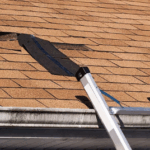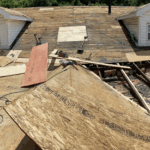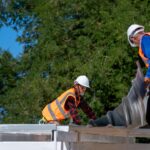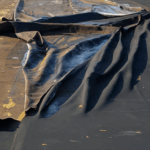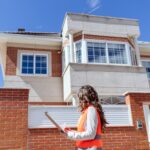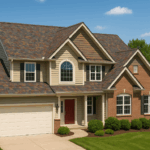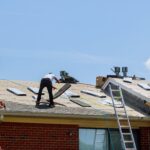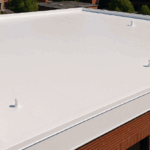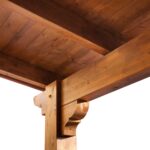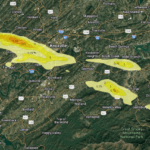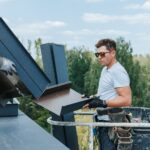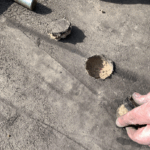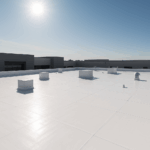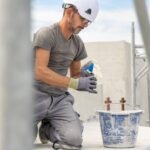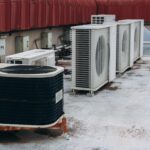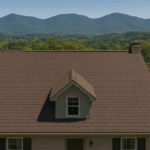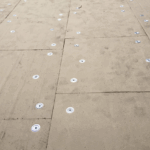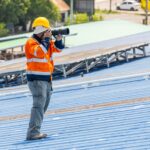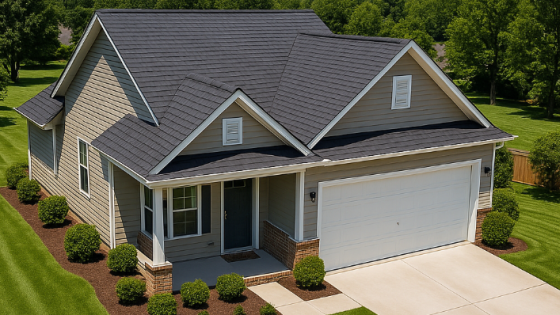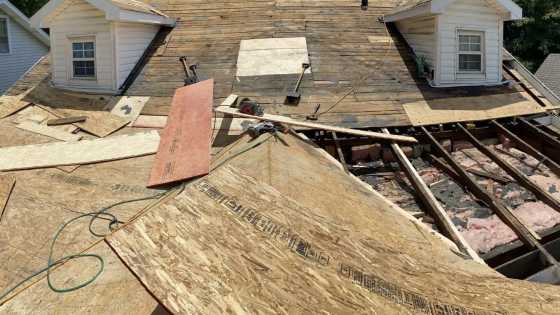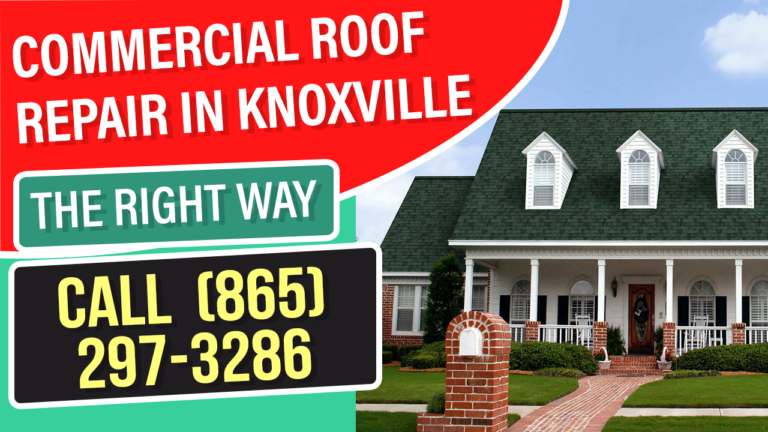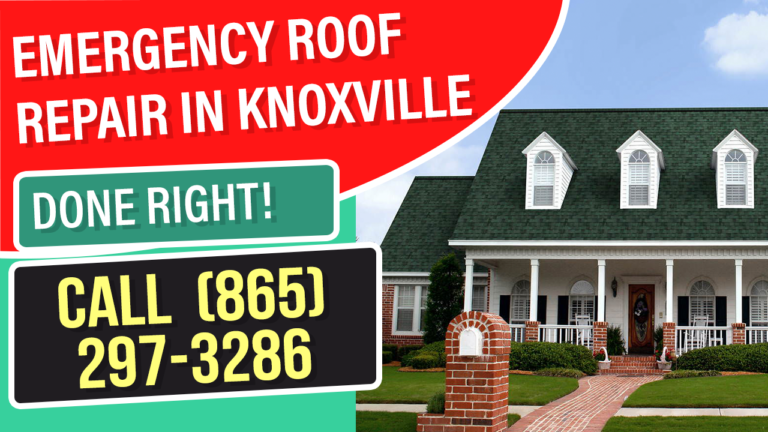Water leaks are every homeowner’s nightmare — and chimney leaks are among the most elusive and destructive. If you’re noticing water spots near your fireplace or hear a persistent drip when it rains, you’re likely dealing with a chimney leak.
In cities like Knoxville, TN, where seasonal rains and snowfall are common, water infiltration through chimneys is a frequent issue. According to data from FEMA and the U.S. Department of Housing and Urban Development, water intrusion from leaks can cost homeowners thousands in structural damage, mold remediation, and chimney repair.
This article explains what causes a chimney leak, how to identify it, what steps to take immediately, and why hiring an experienced roofer like Litespeed Construction can save you thousands down the road.
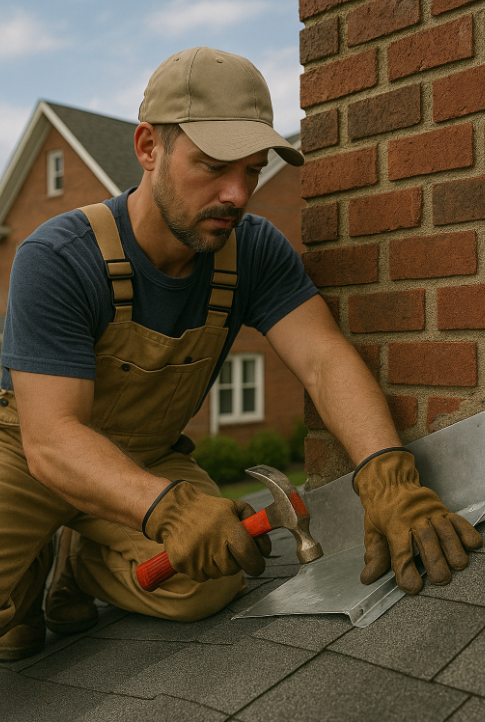
Key Takeaways
💡Chimney leaks can cause major water damage if left unaddressed.
💡Flashing failure is the #1 cause of chimney leaks — a professional inspection can identify this quickly.
💡Preventative maintenance like waterproofing your chimney and sealing the crown can significantly reduce leak risks.
💡Litespeed Construction offers same-day inspections and expert chimney leak repairs in Knoxville and beyond.
What Causes a Chimney Leak?
There are several potential culprits behind a leaking chimney, many of which develop gradually over time.
| Cause | Description |
|---|---|
| Damaged Flashing | Flashing seals the intersection between the chimney and roof. Rust or gaps allow water in. |
| Cracked Chimney Crown | The top layer of the chimney can crack over time, allowing rainwater to seep inside. |
| Missing Chimney Cap | Without a cap, rain can fall directly into your chimney flue. |
| Deteriorated Masonry | Bricks and mortar are porous and can soak up water, especially if untreated. |
| Condensation Issues | Improper venting or moisture inside the chimney can cause water buildup. |
🏛️ According to the National Roofing Contractors Association, flashing failures account for 90% of roof leaks, including those around chimneys.
Common Signs You Have a Chimney Leak
Early detection is crucial. Look out for:
- Water stains on walls or ceiling near the chimney
- Musty odors around the fireplace
- Dripping sounds inside the chimney during or after rain
- White staining (efflorescence) on exterior brickwork
- Crumbling bricks or mortar
These issues don’t just stay cosmetic. Over time, they can result in mold growth, insulation damage, and interior wall rot — making repairs far more expensive.
The Risks of Ignoring a Chimney Leak
| Consequence | Potential Cost (USD) |
|---|---|
| Mold Remediation | $500 – $6,000 |
| Interior Wall Repairs | $1,200 – $4,500 |
| Structural Damage | $5,000 – $20,000+ |
| Full Chimney Rebuild | $10,000 – $25,000 |
📊 A report from the U.S. Environmental Protection Agency (EPA) warns that water damage combined with poor air flow can lead to toxic mold in as little as 24-48 hours.
DIY Steps Before Calling a Pro
While you should ultimately involve a professional, there are a few temporary measures homeowners can take:
- Inspect the Flashing: From the ground, look for rust or lifted edges.
- Seal Obvious Gaps: Use a high-quality exterior caulk to seal small cracks in the crown.
- Install or Replace Chimney Cap: This prevents direct water entry into the flue.
- Clear Debris: Leaves and twigs can redirect water flow and clog chimney drains.
- Use a Tarp: Temporarily cover the chimney with a waterproof tarp if you suspect a serious leak.
When to Call a Roofing Professional
If you notice repeated water intrusion, visible brick deterioration, or severe discoloration indoors — it’s time to call a roofing expert.
Why Litespeed Construction?
- Locally Based in Knoxville, TN – We understand the regional climate and roofing challenges.
- Licensed, Bonded & Insured – Your home is protected under every repair.
- Same-Day Estimates – You won’t wait weeks for attention.
- Chimney-Specific Roofing Expertise – Not all roofers specialize in chimney flashing and waterproofing.
How Litespeed Construction Handles Chimney Leaks
Litespeed Construction takes a multi-step diagnostic approach:
- Full Chimney Inspection – Assess flashing, cap, masonry, and crown.
- Moisture Mapping – Use infrared and moisture sensors to locate hidden leaks.
- Flashing Replacement – We install step and counter flashing with waterproof sealants.
- Crown Sealing or Rebuilding – Depending on the damage, we use high-grade crown sealants or replace the crown entirely.
- Waterproof Coatings – We apply breathable, weather-resistant chimney sealers to prevent future problems.
Pros and Cons of Repair Options
| Repair Option | Pros | Cons |
|---|---|---|
| Flashing Replacement | Long-term solution, stops leaks entirely | Requires skilled labor |
| Crown Sealing | Prevents water intrusion at the top | Needs reapplication every 5-10 years |
| Chimney Cap Installation | Affordable, easy to install | Doesn't fix structural issues |
| Full Chimney Rebuild | Solves chronic issues | Most expensive and invasive option |
| Waterproofing Sealant | Prevents brick absorption | Must be reapplied every few years |
FAQs About Chimney Leaks
On average, between $300 and $1,500. Full rebuilds may exceed $10,000.
Yes. Condensation and interior moisture buildup can also cause leaks.
Damaged or improperly installed flashing.
Only if structural damage is beyond repair. Most issues are fixable.
2-4 hours for standard jobs.
At least once a year, preferably before winter.
Yes, but professional application lasts longer and ensures full coverage.
Depends on your policy and cause. Sudden damage is more likely covered.
Yes. Crown is the top concrete layer; flashing seals the roof intersection.
Flashing can last 20-30 years with proper installation.


